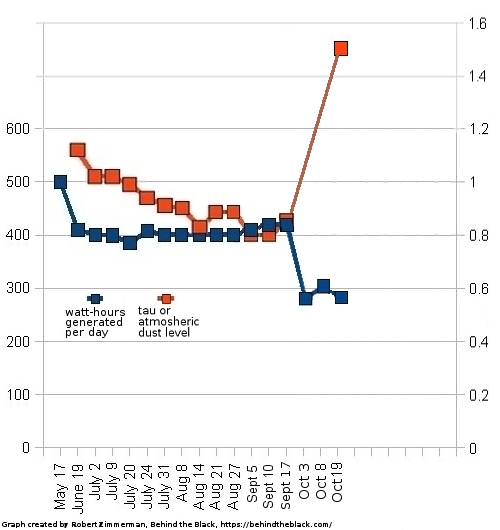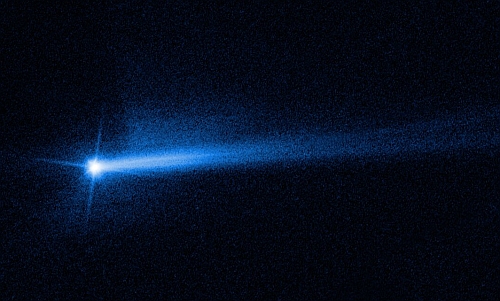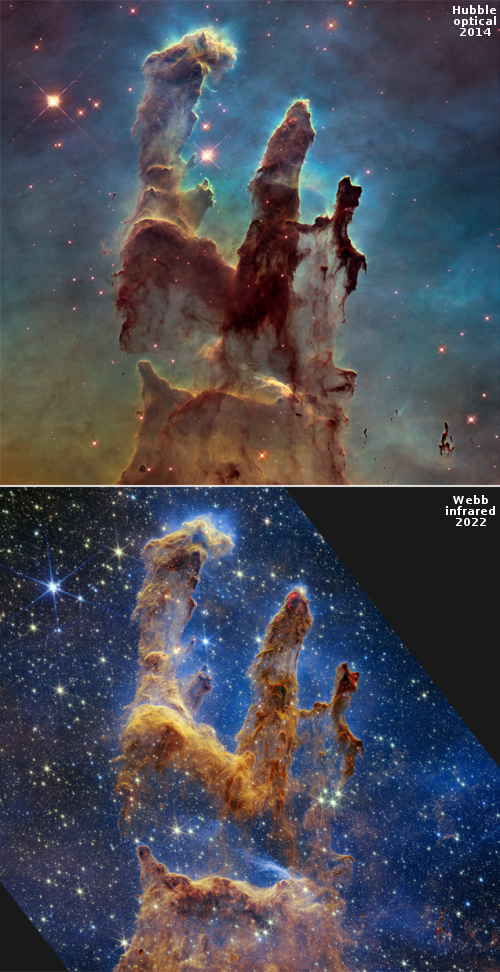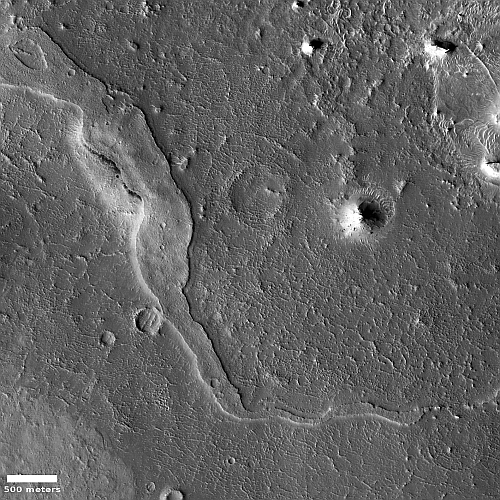Spanish high altitude tourist balloon company prepares for first test flight
The Spanish high altitude tourist balloon company HALO is preparing to do the first test flight in December from India, with the second test flight planned for the first quarter of 2023 from Spain.
The Madrid-based company will take tourists to the edge of space in a capsule attached to a balloon – with prices from £87,000 to £174,000 (100,000 to 200,000 Euros).
The final capsule design will have capacity for 8 passengers and a pilot and feature panoramic windows which allow 360-degree views of the Earth at an altitude of up to 25 miles.
…The first commercial flights are expected to start in 2025 and the company plans to operate in four continents, making a total of 400 commercial trips with 3,000 passengers per year from 2029.
This market now appears to have three companies vying for customers, the American companies World View and Space Perspectives, and this Spanish company.
The Spanish high altitude tourist balloon company HALO is preparing to do the first test flight in December from India, with the second test flight planned for the first quarter of 2023 from Spain.
The Madrid-based company will take tourists to the edge of space in a capsule attached to a balloon – with prices from £87,000 to £174,000 (100,000 to 200,000 Euros).
The final capsule design will have capacity for 8 passengers and a pilot and feature panoramic windows which allow 360-degree views of the Earth at an altitude of up to 25 miles.
…The first commercial flights are expected to start in 2025 and the company plans to operate in four continents, making a total of 400 commercial trips with 3,000 passengers per year from 2029.
This market now appears to have three companies vying for customers, the American companies World View and Space Perspectives, and this Spanish company.







